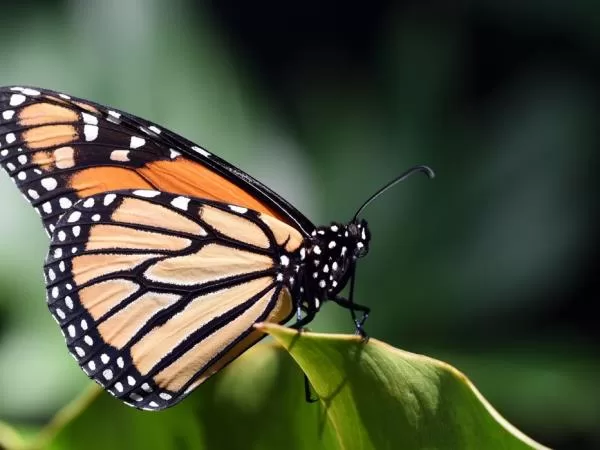Introduction
Did you know that monarch butterflies depend on milkweed to survive? This plant is essential for their life cycle, as it serves as food for their caterpillars. However, habitat destruction has drastically reduced the monarch population.
If you want to help preserve this species and attract butterflies to your garden, planting milkweed is a great idea! In this guide, we’ll teach you how to plant, care for, and propagate milkweed, ensuring a healthy environment for monarchs.
1. What Is Milkweed and Why Is It Important?



Are you prepared to HELP MONARCH BUTTERFLIES?
Plant your Milkweed Today!



Milkweed (Asclepias spp.) is a perennial plant that plays a vital role in monarch butterfly survival. Its leaves serve as food for caterpillars, while its flowers produce nectar for adult butterflies and other pollinators.
There are several species of milkweed, but some of the most common include:
- Common Milkweed (Asclepias syriaca) – Popular in North America.
- Swamp Milkweed (Asclepias incarnata) – Prefers moist soils.
- Butterfly Weed (Asclepias tuberosa) – Produces vibrant orange flowers.
By planting milkweed, you not only help monarch butterflies but also improve biodiversity in your garden.
2. How to Plant Milkweed?
Milkweed can be grown from seeds or seedlings. Here’s a step-by-step guide to growing milkweed from seeds:
Step 1: Choose the ideal location
- Milkweed needs full sun (at least 6 hours of direct sunlight per day).
- It prefers well-drained soil, but some species tolerate moist conditions.
Step 2: Prepare the seeds (cold stratification)
- To increase the germination rate, seeds need to go through a cold stratification process.
- Place the seeds in a plastic bag with a damp paper towel and refrigerate for about 30 days before planting.
Step 3: Planting the seeds 🌿
- Sow the seeds directly in the soil or in pots at a depth of 0.5 cm (¼ inch).
- Water lightly and keep the soil moist until germination (which may take 10 to 20 days).
Step 4: Early care
- Once seedlings grow, space them apart to allow enough room for development.
- If planting in pots, transplant the seedlings when they reach at least 10 cm (4 inches) tall.
3. Milkweed Care and Maintenance 🌸
Once planted, milkweed requires minimal maintenance, but some care is essential:
✅ Watering: Water regularly until the plants are well-established. After that, water only when the soil is dry.
✅ Pruning: Remove dead leaves and stems to promote healthy growth.
✅ Pest control: Some pests, like aphids, may appear. Avoid chemical pesticides, as they can harm butterflies.
✅ Propagation: Milkweed spreads naturally through seeds and underground rhizomes. You can collect seeds to plant in new areas.
4. How Does Milkweed Help Monarch Butterflies?
Monarch butterflies rely on milkweed to complete their life cycle:
🦋 Egg-laying: Female monarchs lay their eggs exclusively on milkweed leaves.
🐛 Caterpillar food: Once the eggs hatch, the caterpillars feed on the plant’s leaves.
🌸 Nectar for adult butterflies: Milkweed flowers provide food for monarchs and other pollinators.
With habitat destruction, the loss of milkweed has been one of the biggest threats to monarch survival. Planting milkweed is a simple yet effective way to contribute to their preservation!
Conclusion
Milkweed is not just a beautiful plant but also a vital resource for monarch butterflies. If you want to help preserve this species and turn your garden into a haven for pollinators, consider planting milkweed!
For a step-by-step guide on how to grow and care for Milkweed, visit Garden Design and explore their expert tips. We are not affiliated with this site, but their guide can be helpful.



